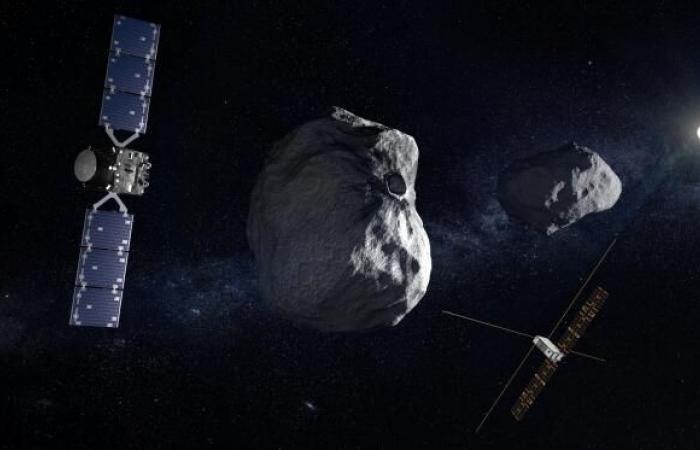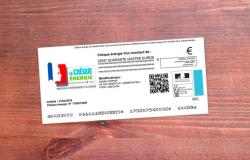For scientists and engineers dedicating themselves to a space exploration mission, the investment is measured in years and nothing is more painful than seeing the ship die before it has gone into action. This was, for example, the case for the Cluster mission of the European Space Agency (ESA), lost in the explosion of Ariane-5 during its maiden flight in 1996, for NASA’s Mars Climate Orbiter, destroyed upon arriving on Mars in 1999 due to a deplorable confusion between the metric system and Anglo-Saxon units, or, more recently, for the Indian lunar lander Chandrayaan-2, which crashed on our satellite in 2019.
But there are less spectacular deaths, missions to which space agencies wring their necks even before the probes are built, in the quiet of budgetary arbitrations. This is how the ESA’s Asteroid Impact Mission (AIM) died in 2016, which was to observe the impact of the American kamikaze vessel DART (for “double asteroid deflection test”) on Dimorphos, small asteroid forming a double system with its big brother Didymos. This was to establish whether it was possible to deflect a possible “killer asteroid” threatening to devastate the Earth.
Very involved in the subject of AIM, Patrick Michel, research director at CNRS at the Observatoire de la Côte d’Azur, remembers this cancellation as “the worst moment of [sa] career “. “I cried a lothe admits. It was horrible. » Patrick Michel consoles himself today, because the ESA has “reassembled” another mission of the same type, Hera, with a budget of 390 million euros, which is due to take off on Monday October 7 from Cape Canaveral (Florida), aboard a SpaceX Falcon-9 rocket.
“A different world”
Of course, the DART ship didn’t wait. Launched at 22,000 km/h, it crashed into Dimorphos in September 2022, while the European probe will not arrive until October 2026 to assess the damage. However, assures Patrick Michel, also scientific manager of Hera, “four years after the impact, its consequences will not have changed”. The American probe sent photos of the area it was going to hit. Researchers will therefore be able to make a before-after comparison. “It is difficult to make a predictionexplains the astrophysicist. We may have left a crater or we may have completely deformed the asteroid. We will therefore see a world completely different from the DART images. » Even Didymos could have changed its appearance if the rocks expelled from the surface of its neighbor bombarded it.
You have 51.9% of this article left to read. The rest is reserved for subscribers.







